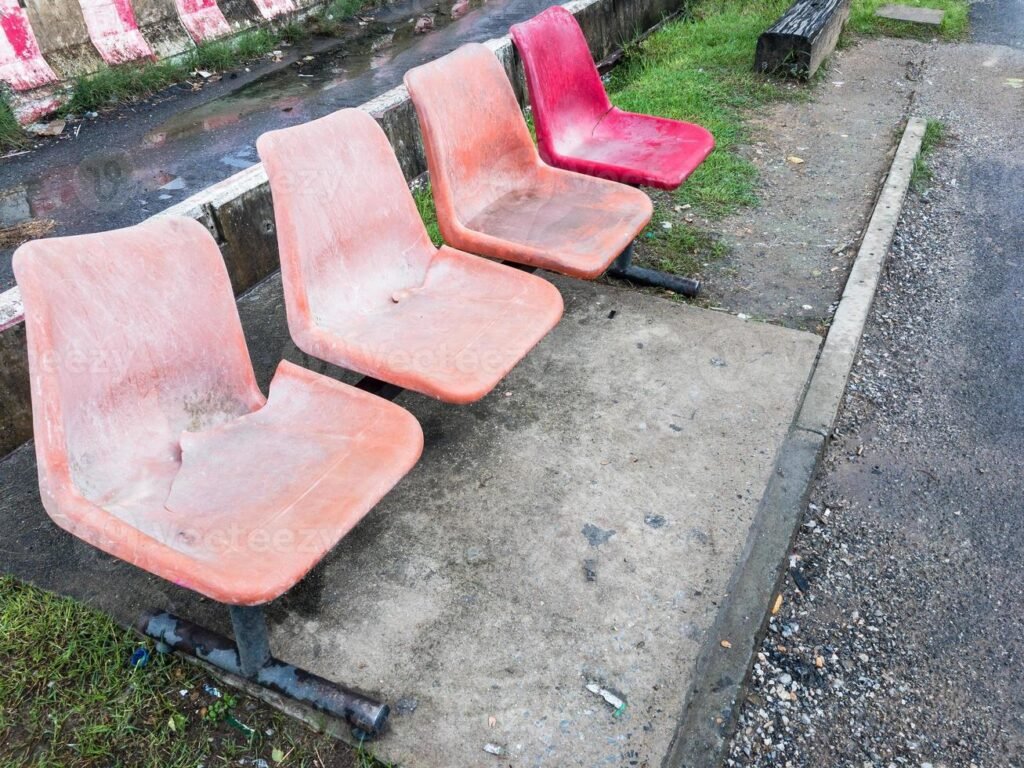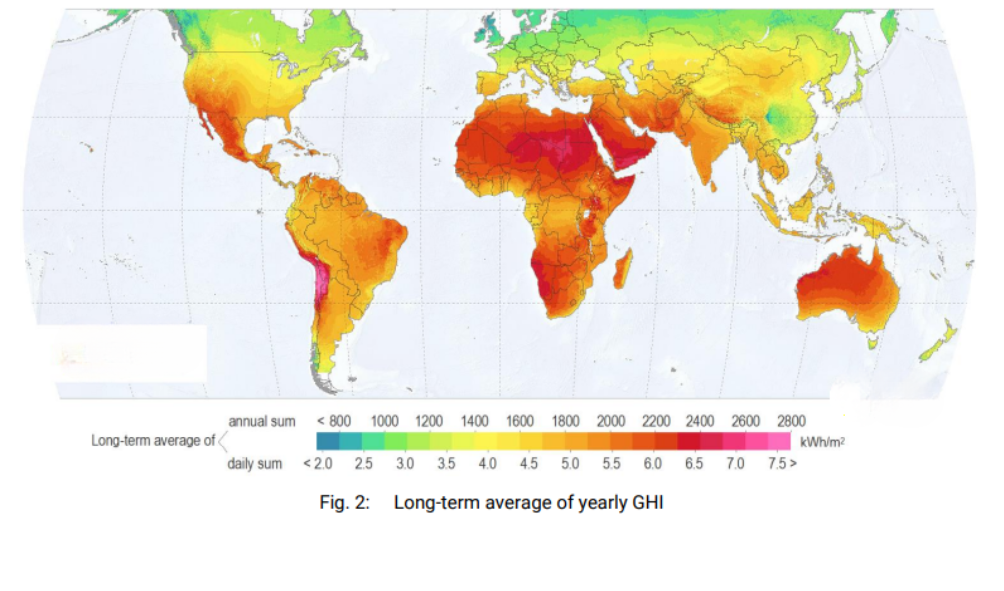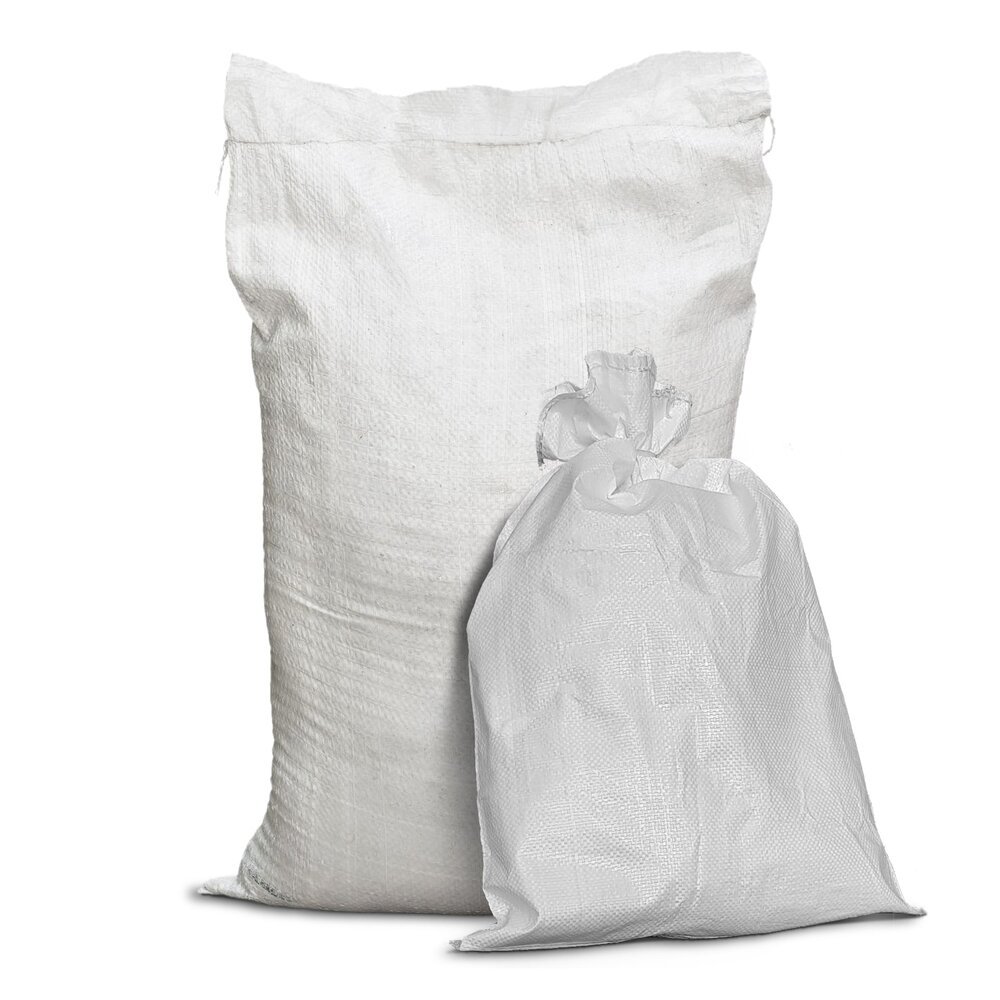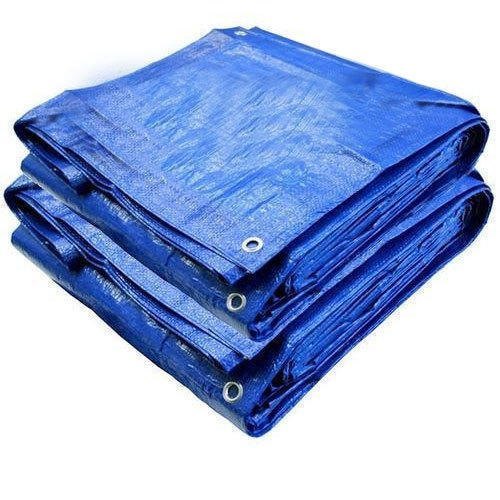Bajaj Plast
UV Stabilizer Masterbatch
Protect the plastic products from exposure to UV rays which causes brittleness to the plastic substrate.


UV Masterbatches
Our UV Masterbatches are manufactured with state-of-the art technology , high quality raw material and our Industry expertise with wide range of grades.

Bajaj UV Masterbatch Advantages

Avoids Discoloration



Improves Processability

Protection from Photo degradation


read more..
This becomes worse for plastic products because degradation changes the product’s characteristics and reduces its life cycle. With UV additives, the plastic products do not come in contact with most of the UV light’s harmful radiation. It is added to combat the deterioration of the plastic substrate and significantly extend the life span of the final product.
Role of UV Additives & How it works in Plastics
read more..
UV stabilization in plastics is being pursued by coating them with an inert material. For instance, the structural and chemical integrity of the polymer resin is preserved as the added layer prevents any harmful radiation from passing through and weakening the bonds. Generally, Long wave UV passes easily through plastic and Short wave ultraviolet light (100 to 300 nm) used to kill bacteria, hasten chemical reactions (as a catalyst), Both the heat and the breaking of bonds can create a loss of physical properties in the plastic. The higher energy of the UV rays causes almost all UV damage in plastics.
read more…
There are three categories of UV light, UV-A, UV-B, and UV-C. UV-A light (wavelength range of 320-400 nm) is not normally strong enough to harm plastics. UV-B(wavelength range of 280-320 nm) usually does the most damage to plastics and is the type of light we need to test when checking plastic’s UV resistance. UV-C(wavelength range of 100-280 nm) light contains even more damaging energy but it is fortunately filtered out by the earth’s ozone layer.Why Protect From UV Radiation

UV stabilizers have been developed and are added to a polymer
to inhibit the photo initiation processes, they are
UV Absorbers
UV absorbersare a type of light stabilizer that functions by competing with the chromophores to absorb UV radiation. Chromophores are a group of atoms whose presence is responsible for perceiving the color of a substrate. Absorbers change harmful UV radiation into harmless infrared radiation or heat that is dissipated through the polymer matrix. UV absorbers have the benefit of low cost but may be useful only for short-term exposure.
Quenchers
Hydroxyl radical
Significance of UV Additives

Our PLAST UV range provides greater dispersion and the essential ingredient (ie) organic UV absorbers are proven to deliver low migration and long-term UV protection. UV additives belongs to a group of Hindered Amine Light Stabilizers (HALS), and is used for to light stabilization of Polyolefins.

The melting range of 160-170°C is ideally suited for extrusion of Polyolefins and gets stabilized well to offer extreme long-term stability with ease in process ability. Its use to stabilize PE films permits lower welding temperatures than with other oligomeric HALS compounds. This makes PE films easier & quicker to weld especially in packaging lines.

It exerts no negative influence on the surface quality of white (TiO2) m-LLDPE films.

It has significantly little effect on alkali-sensitive pigments and minimal interaction with acids. The latter plays an important role especially in agricultural films. We do have specific grades suitable as pesticide resistant.

For FIBC & Woven sacs tape plant, it is outstanding in respect of its extremely low water carry-over & as an additive minimally alters the surface, such that affinity to water is not significantly increased.

Also we have UV additives that provides better protection from UV radiation for sensitive substances such as vitamins and colorants in PET bottles. Unlike traditional UV absorbers, it also absorbs long-wave UV light, thereby extending the shelf life of the contents. This means PET packaging can be an attractive packaging as our UV additive protects the contents.












